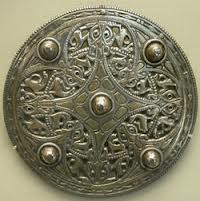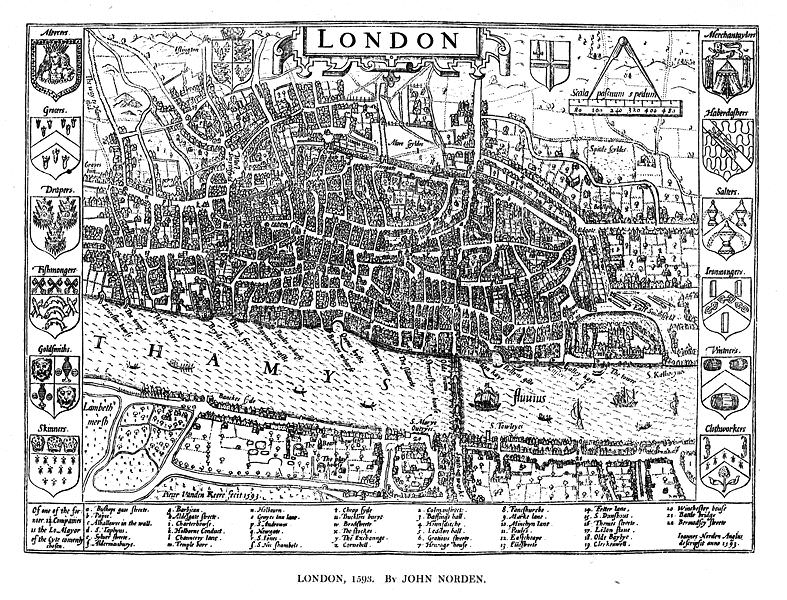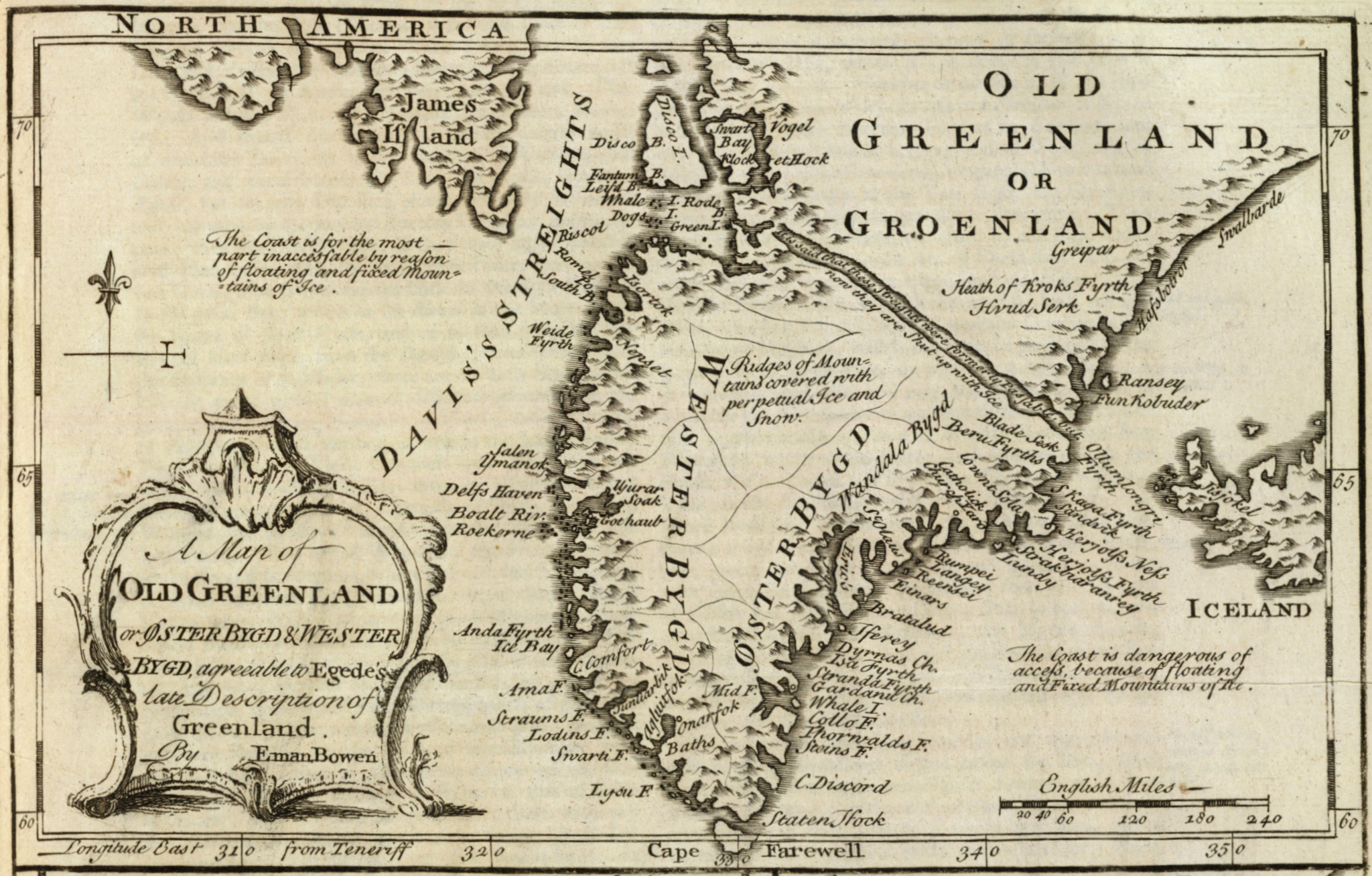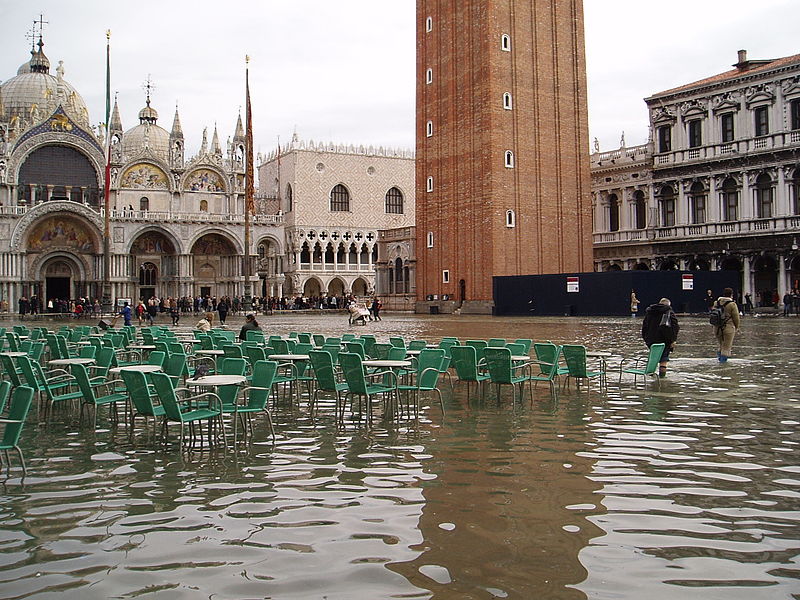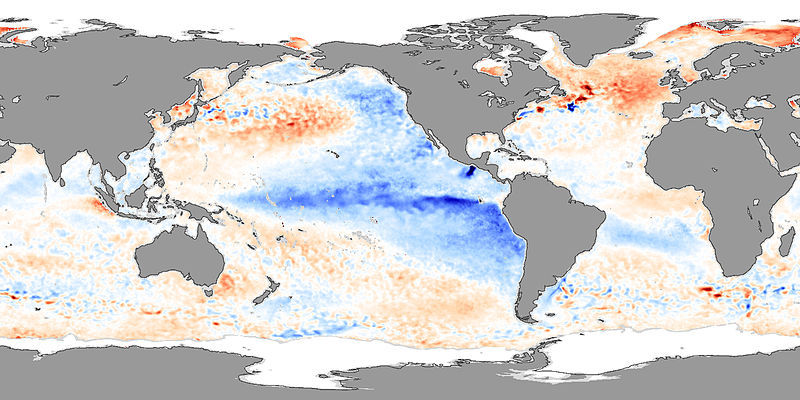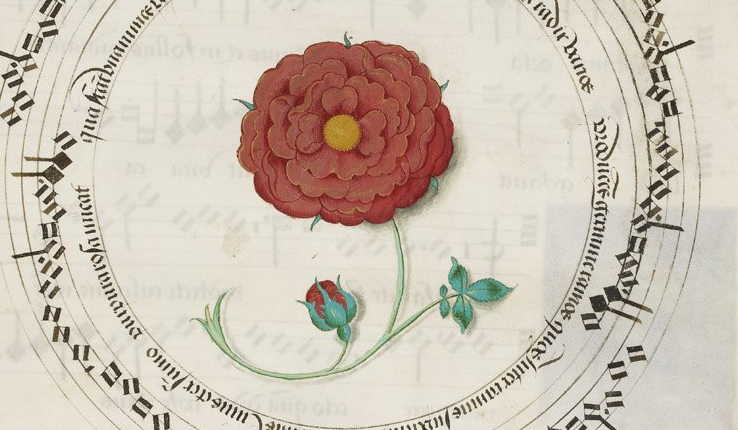The Contours, Frequency and Causation of Subsistence Crises in Carolingian Europe (750-950)
The Contours, Frequency and Causation of Subsistence Crises in Carolingian Europe (750-950) Timothy P. Newfield Crisis Alimentarias en la Edad Media: Modelos, Explicaciones…
Daily Weather Observations in Sixteenth-Century Europe
Thirty-two weather diaries written in astronomical calendars in central Europe in the late fifteenth and sixteenth centuries are presented and discussed.
Public Toilets in the Middle Ages
Where should you go to find a public toilet in the medieval city?
Nature Speaks: Expanding Ecocriticism to the Anglo-Saxon World
Ecocroticism is a new, and still emerging, field of literary criticism. Through an interdisciplinary approach, it aims to draw together environmentally focussed work from a wide range of academic fields.
Greenland Norse Knowledge of the North Atlantic
What did the Norse know about climate, and what was the role of driftwood in their lives?
Air Pollution and Fuel Crises in Preindustrial London, 1250-1650
I intend to show in this paper that the occurrence of air pollution in London before the Industrial Revolution was symptomatic of one of these basic environmental problems
Of Fire and Water: The Old Norse Mythical Worldview in an Eco-Mythological Perspective
How do the actions of the gods in these narratives express man’s mythical notions of his relationship with the land and sea in the Scandinavian and North Atlantic ecosystems?
Climatic Change and the North Atlantic Seaways During the Norse Expansion
In order to appreciate how the Norse expansion might have been influenced by climatic fluctuations it is necessary to consider in outline the mechanisms which control weather and climate in the North Atlantic area at the present day, and which also obtained in the past.
The contribution of insect remains to an understanding of the environment of Viking-age and medieval Dublin
This paper examines the important contribution that sub-fossil insect remains can make to an understanding of the environment of Viking-age and medieval Dublin.
First historical evidence of a significant Mt. Etna eruption in 1224
The 1224 Mt. Etna eruption is a significant event both in terms of the mass of erupted materials and because it involved the lower eastern slope of the volcano, reaching down to the sea.
Wax or wane? Insect perspectives on human environmental interactions
The sites discussed in this paper include a range of sites investigated on national road schemes and other development projects across Ireland, covering a long time-span from the Neolithic period through to the medieval period.
Seals and Sea Ice in Medieval Greenland
With a view to placing such developments in the context of changes in the past, the focus of this paper is an interdisciplinary study of the interaction of different seal species in Arctic/North Atlantic regions with sea ice, and, more specifically, the implications for the Norse settlements in Greenland in medieval times.
Environmental management in medieval London: was London a ‘filthy city’?
The BBC series ‘Filthy Cities’ presented medieval London as knee deep in muck, with rivers of butchers’ waste washing into streams and chamber pots emptied on the heads of hapless passers-by.
Norse cultural reaction to climate change during the little ice age and their societal collapse in Greenland
This study aims to understand the adaptations of the Norse Greenlanders to climate change in their new home.
How warm weather led to the rise of Genghis Khan
In the thirteenth-century a Mongol warrior named Genghis Khan took control of the nomadic tribes on the Great Stepee and launched a series of invasions that would see a vast empire being established from China to Eastern Europe. Now a team of researchers have shown that their success can be partly attributed to climate change.
Medieval landmarks in danger from rising sea levels
The Tower of London, the church of Mont-Saint-Michel, and the city of Venice are all in danger of flooding because of rising sea levels, a new study suggests.
Did a Megadrought force the Huns to invade Europe?
The worst megadrought in the last 2000 years hit Central Asia around 360 AD, new study finds
Environmental Effects in the Agriculture of Medieval Egypt
Agriculture has been the main source of the economy for all dynasties established in Egypt and the Mamluk kingdom was no exception.
Floods and weather in 1342 and 1343 in the Carpathian Basin
Concerning weather, weather-related extremes and catastrophic consequences, 1342 was an extraordinary year in most parts of Central Europe, even in such an extraordinary decade as the 1340s. Accounting with the seven flood events (including one Danube flood) mainly of great magnitude, at present 1342 is the most important known flood year of medieval Hungary.
The Great Transition: Climate, Disease and Society in the 13th and 14th Centuries
Across the Old World the late-thirteenth and fourteenth centuries witnessed profound and sometimes abrupt changes in the trajectory of established historical trends
An early medieval symbol carved on a tree trunk: pathfinder or territorial marker?
The chance discovery of a carved symbol on a waterlogged tree of the six–ninth century AD may be the earliest mark on a living tree that has so far come to light.
Elemental theory in everyday practice: food disposal in the later medieval English countryside
For medieval rural communities the story of food did not necessarily end in its eating.
A Climate for Crusades? Weather, climate and armed pilgrimage to the Holy Land (11th–14th Century)
The crusaders found themselves confronted not only with foreign cultures and violent armed resistance, but also with an alien natural environment and climatic conditions that could prove to be sometimes just as fatal as the arrows of the enemy.
Ancient and Medieval Climate Change and the Future of Humanity
Some examples of recent scientific and historical investigations of ancient and medieval climate demonstrate the power of combining scientific and traditional historical evidence.
Roses in the Middle Ages
Roses reached the height of European favor in the 1200s and the 1300s after several centuries of increasing popularity.



